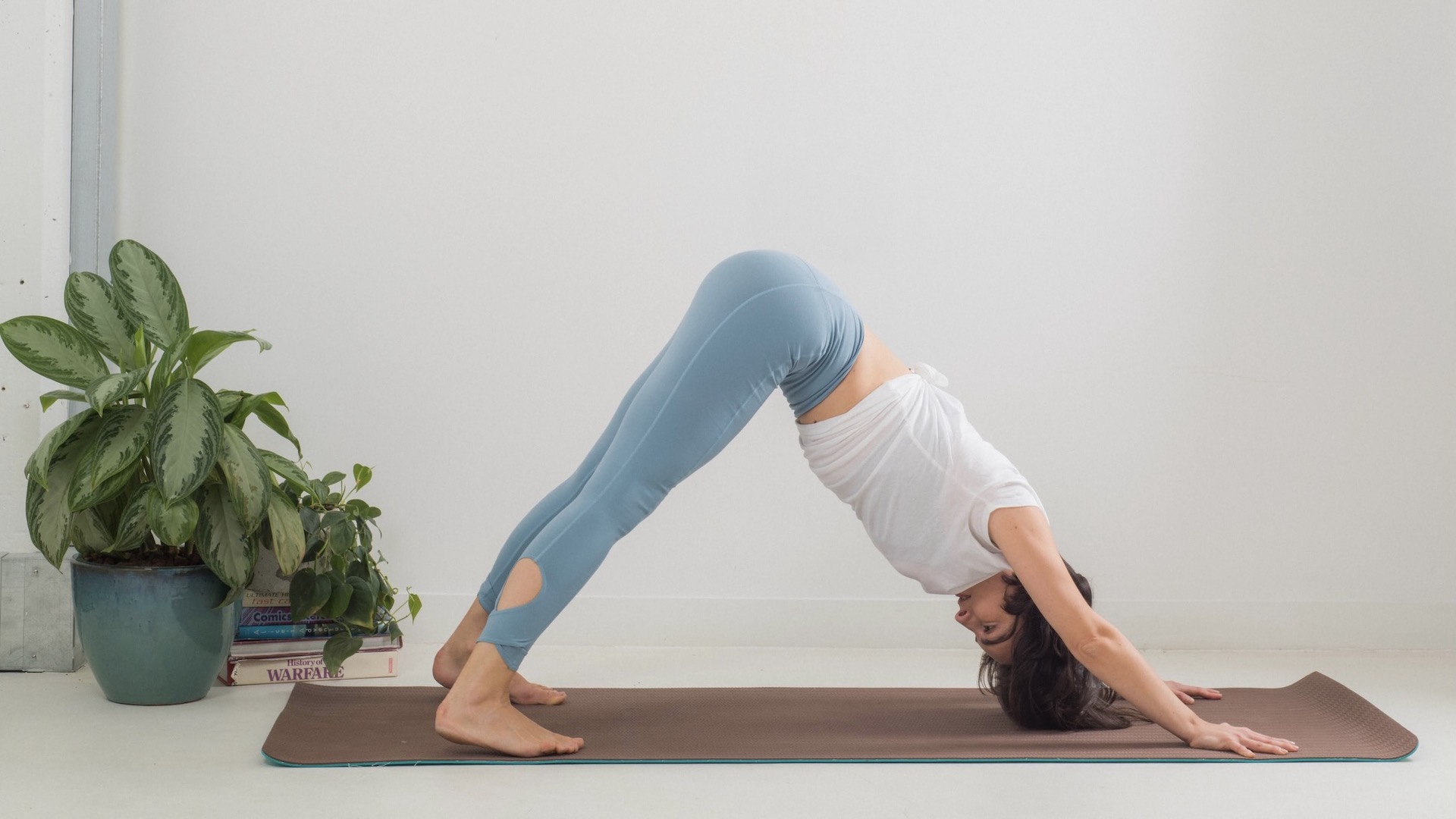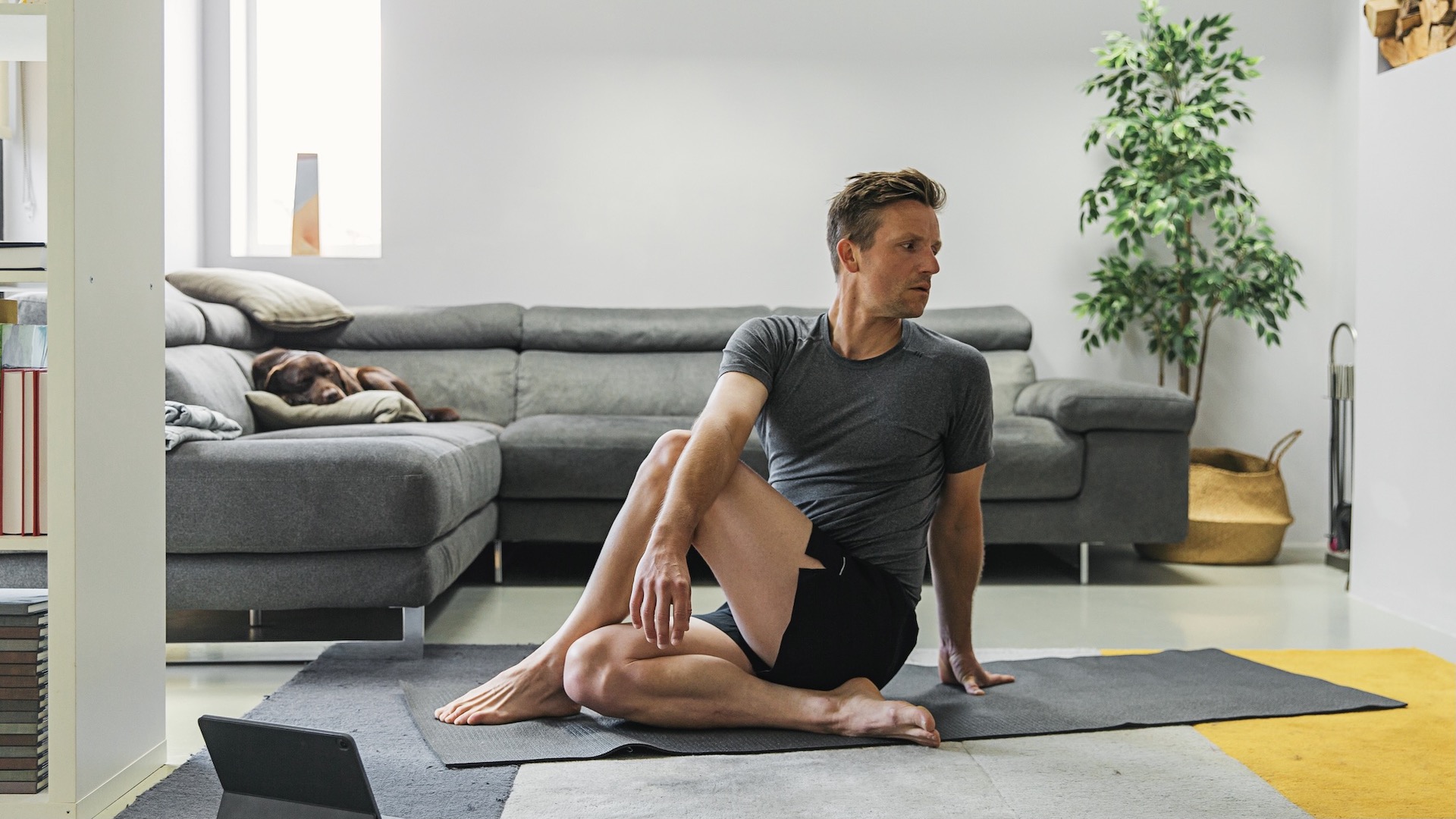The best gentle recovery sessions for runners – and other great tips
Our experts recommend how to improve running performance with tried-and-tested products and exercises

If you are a keen runner, rest and recovery should be a key part of your training program. This applies whether you run every day or run regularly.
Personal trainer, running coach, and physiotherapist Ania Gabb explains that rest and recovery is crucial for improving running performance and ability. "Even the elite runners schedule in their rest days," she says.
The reason that rest and gentle recovery are important is because runners need to allow their bodies, especially the muscles, to repair and build.
Gabb, who is an ambassador for OOFOS, a recovery footwear brand, explains: "Our bodies need to reset and repair damaged muscle tissue. “Whatever type of training you do, during a session the running will cause microscopic tears within muscles. The body needs solid rest to repair the damage.
“If you don’t give your body time for the muscles to recover and repair then you’re at risk of injury and long-term damage."
The best gentle recovery exercises
Physiotherapist James Kwok recommends that runners should focus on mobility as a form of recovery.
He says: “Mobility exercises are commonly prescribed as part of the active recovery routine to improve range of movement and reduce muscle tension.
All the latest inspiration, tips and guides to help you plan your next Advnture!
“Low-intensity exercise following a strenuous race is often considered to be more beneficial than inactivity or complete resting. Simply spending around 15 minutes a day pre and post-marathon can make a significant impact on your recovery.”

Top three mobility exercises
Kwok, who is also an OOFOS ambassador, recommends his top three mobility exercises for runners.
Modified hamstring rock
This dynamic exercise primarily stretches the hamstrings along with the opposing hip flexors. Both muscle groups are heavily used in running, especially longer distances, and will benefit greatly from this drill.
90/90 hip rotations
This stretch combines both hip internal and external rotations in one movement. It improves gluteal muscle imbalances in deep gluteal muscles and reduces hip joint capsule stiffness.
Dynamic calf stretch
Kwok explains that each of our calves takes up to four to eight times our body weight when running, and it's usually one of the sorest areas after a long run. Most stretches bias either the soleus or gastrocnemius aspect of the calf, but this exercise can target both of them.

Try body weight exercises for recovery
James Phillips, a strength and conditioning coach at Pure Sports Medicine, adds his tips for gentle recovery exercises between runs.
Phillips, who specialises in running and also works with clients across all levels to enhance recovery from injury, recommends simple strength exercises in between run training. These include a bodyweight exercise such as calf raises, Bulgarian split squats and hamstring bridges.
How to do calf raises
How to do Bulgarian splits squats
How to do hamstring bridges
Lie on your back with your knees bent and feet flat on the floor.
Phillips recommends doing two to three sets of eight to 15 repetitions, which challenge the difficulty of completing a set.
More tips for gentle recovery for runners
Gabb suggests her tried-and-tested ways to recover between running sessions. She says: “Nowadays, we are spoilt with the amount of recovery tools that are available. I’ve trialled many aids over the years including massage guns, recovery compression boots, cryotherapy, Epsom bath salts, ice baths, electric shock therapy, red light therapy, compression leggings and recovery shoes.
“Only a few have stuck with me and passed the test. These include the massage gun, Epsom salts, recovery boots and my OOFOS recovery shoes."
Gabb is also a fan of daily stretching. She says: "Daily stretching helps to prevent stiff and achy muscles. Spending 10 to 15 minutes every day will do the world of good and enhance your running performance.
“Yoga stretches such as hip openers, child’s pose, cat/cow, spinal twists, hamstring stretch and pigeon pose, are all beneficial.”
The best gentle recovery sessions for runners
While running is a great way to stay fit and strong, our sports and fitness experts reveals that gentle recovery in between is also important for maintaining and improving performance, without ending up with niggles and injuries.
- Best trail running shoes: footwear for speed and agility on tough terrain

Fiona Russell is a widely published adventure journalist and blogger, better known as Fiona Outdoors. She is based in Scotland and is an all-round outdoors enthusiast with favorite activities including trail running, mountain walking, mountain biking, road cycling, triathlon and skiing (both downhill and backcountry). Aside from her own adventures, Fiona's biggest aim is to inspire others to enjoy getting outside and exploring, especially through her writing. She is also rarely seen without a running skort! Find out more at Fiona Outdoors.
